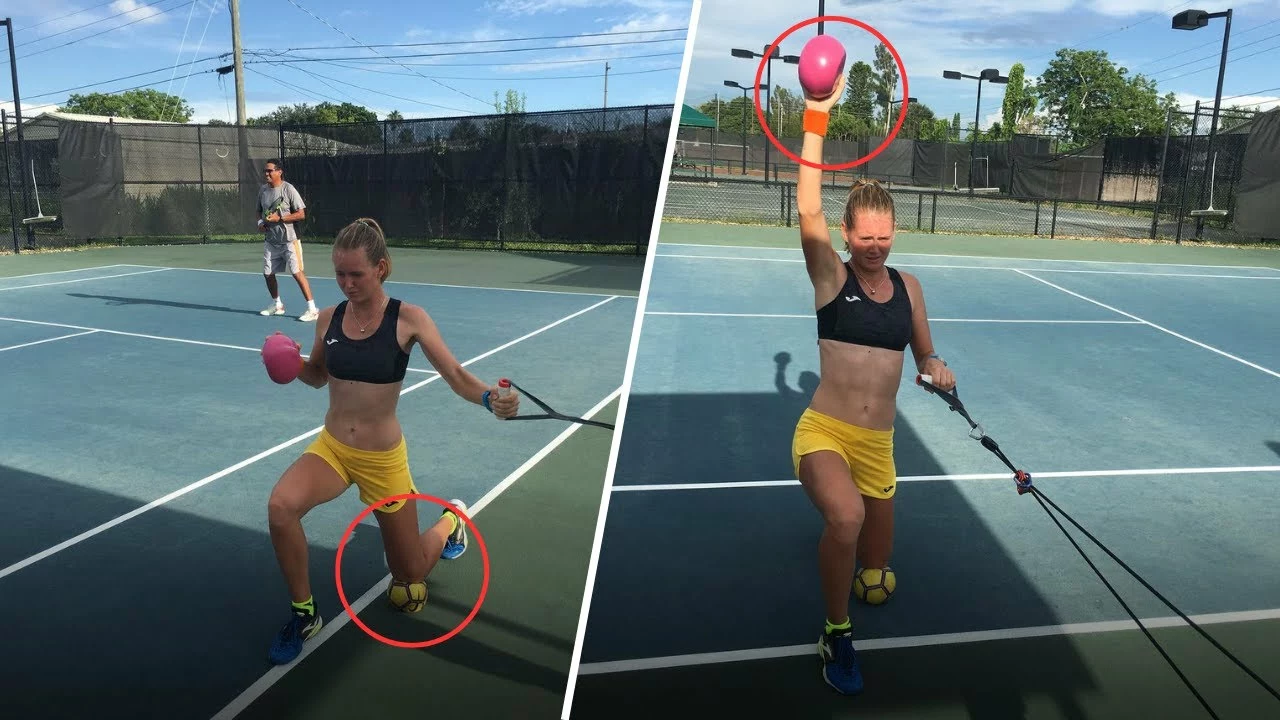Tennis Training Tips That Actually Work
If you’re tired of missing easy shots and want to feel more confident on the court, you’re in the right place. Below are simple, no‑nonsense drills and gear pointers that you can start using today. No fancy jargon—just clear steps that any player can follow.
Build Power with the Right Racket
One quick way to add punch to your groundstrokes is to look at racket weight. A heavier racket follows Newton’s second law: force equals mass times acceleration. That means the extra mass helps transfer more energy to the ball, giving you a louder pop. The trade‑off is a need for better arm strength, so start with a racket that’s just a notch heavier than your current one and do a few warm‑up swings before practice.
Don’t forget balance. A head‑heavy racket feels powerful but can strain your wrist, while a head‑light model offers better maneuverability for volleys. Try a few models on the court, feel which one matches your swing speed, and stick with the one that lets you hit deep without shaking your arm.
Footwork and Court Surface Adaptation
Footwork wins more games than pure power. On hard courts you’ll find quick, low bounces, so stay light on your toes and practice short, explosive steps. Clay courts demand a different approach—slower ball speed and higher bounce mean you need to slide into shots and keep your weight centered. Spend at least 15 minutes each session doing ladder drills, side‑to‑side shuffles, and split‑step exercises to make movement automatic.
When you switch surfaces, adjust your stance. A wider base helps on clay where the ball sits up, while a narrower stance gives you faster recovery on grass or hard courts. Simple footwork drills like the “ghost step” (pretend you’re chasing a ball without a racket) improve muscle memory without wearing you out.
Use a ball machine to lock in consistency. Machines deliver hundreds of balls at exact speeds and spin, letting you focus on a single element—say, forehand depth—without waiting for a partner. Set the machine to 70 % of match speed, hit 30 balls, rest, then repeat. Over time you’ll see steadier rally lengths and fewer unforced errors.
Another inexpensive tool is a resistance band. Attach it to a post and mimic your swing while the band pulls back. This builds the specific muscles needed for powerful strokes and reduces the risk of elbow strain, which is a common issue for players who over‑use their forearm.
Don’t overlook recovery. A quick 5‑minute stretch after each drill, especially focusing on shoulders, forearms, and hips, keeps you flexible and lowers injury risk. Hydration and a protein snack within 30 minutes of finishing help muscles repair, so you’re ready for the next session.
Finally, set a clear goal for each practice. Instead of saying “I’ll just play,” try “I’ll hit 50 topspin forehands into the service box.” Measurable targets give you something concrete to track, and hitting that target feels rewarding, motivating you to push harder next time.
Stick to these basics—right racket weight, surface‑specific footwork, consistent ball‑machine work, strength bands, and focused goals—and you’ll notice your game improving faster than you expected. Give them a try this week and see the difference on the court.
